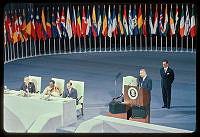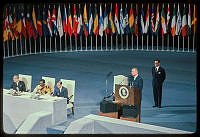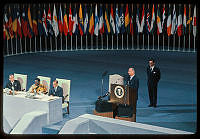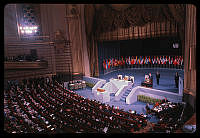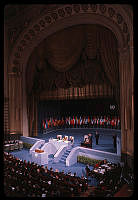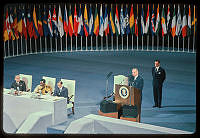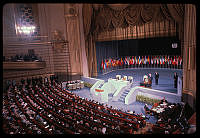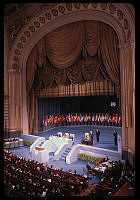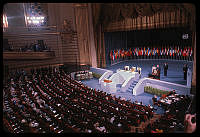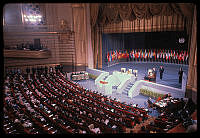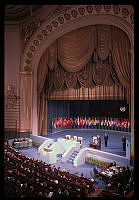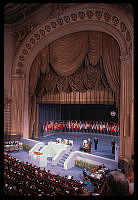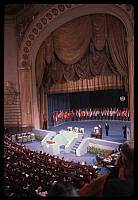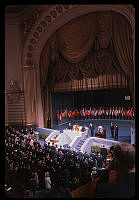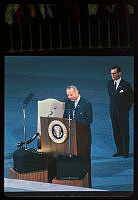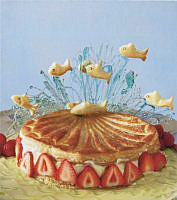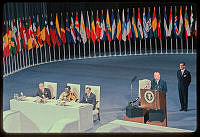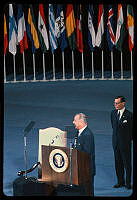Rubenstein Center Scholarship
A British Traveler's Observations of Van Buren's Servants

James Silk Buckingham, by Edwin Dalton Smith.
Martin Van Buren was sometimes criticized for his kingly airs, but during his administration the White House was sparsely staffed. The 1840 census of Washington, D.C., indicates that only two or three white servants, and about five free “colored persons,” resided in the Executive Mansion, although others may have lived elsewhere.1
The British writer James Silk Buckingham (1786–1855), a former Member of Parliament, toured the United States during the 1830s. His account of a White House reception in 1838 suggests that the President's House was not at all regal, and his recollections seem to confirm that, at least on the night of March 8, Van Buren had only a small contingent of aides: "there were neither guards without the gate or sentries within nor a single servant or attendant in livery anywhere visible," Buckingham wrote.2
Buckingham found that the few servants he saw were polite and agreeable, even as they helped nearly 3,000 guests to their carriages at the end of the evening. He did not hear "any angry word . . . exchanged between the drivers and servants in attendance.”3
More of Buckingham's account is as follows:
“On Thursday, the 8th of March, we had an opportunity of attending the first drawing-room held by the President since his accession to office. . . .
“ . . . The official residence of the President is a large and substantial mansion, on the scale of many of the country-seats of our English gentry, but greatly inferior in size and splendour to the country residences of most of our nobility. . . . The whole air of the mansion and its accompaniments, is that of unostentatious comfort, . . . and therefore well adapted to the simplicity and economy which is characteristic of the republican institutions of the country. . . .
“The President received his visitors standing, in the centre of a small oval room.
. . . The introductions were made by the City-marshal. . . . The President, Mr. Van Buren, is about 60 years of age, is a little below the middle stature, and of very bland and courteous manners; he was dressed in a plain suit of black; the marshal was habited also in a plain suit: and there were neither guards without the gate or sentries within nor a single servant or attendant in livery anywhere visible. . . .
“. . . [W]hen the parties retired, which was between eleven and twelve o’clock, there was not half so much bustle in getting up the carriages, which were very numerous, as is exhibited at a comparatively small party in England; nor was any angry word, as far as we could discover, exchanged between the drivers and servants in attendance.”
—James Silk Buckingham, America, Historical, Statistic, and Descriptive (London & Paris: Fisher, son, & co., [1841]), 285–288.














